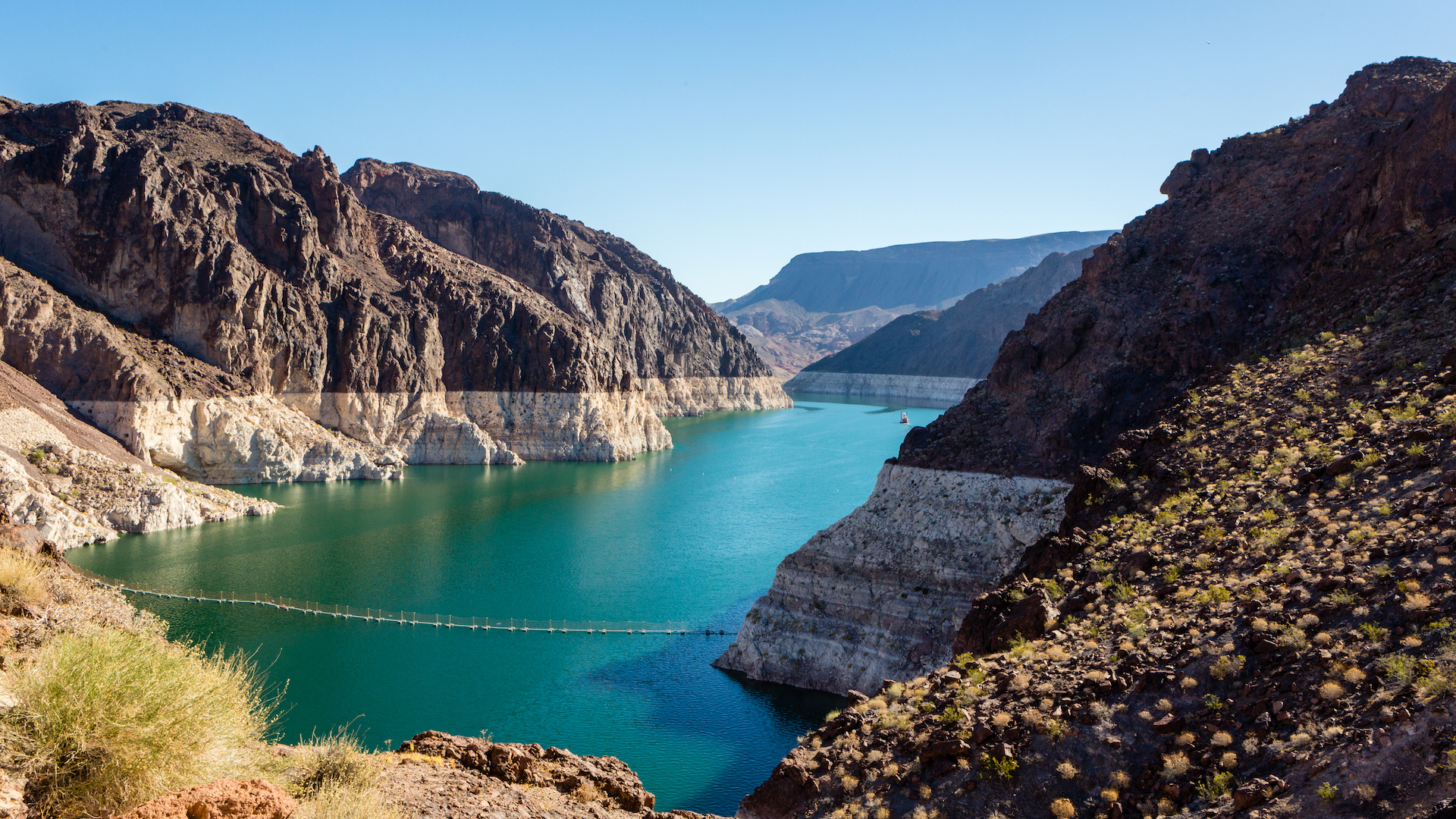
According to the US National Park Service, its various sites across the country notched up 325,498,646 recreation visits between them in 2023, which is nearly a return to pre-pandemic levels and up 4% from 2022.
Tourists also spent more time at the various parks in 2023 compared to the immediately preceding years, with total visitor hours clocking in at 1,400,000,000hrs, which is also a 4% jump from 2022.
Some less popular sites even broke visitor records last year, including Florida’s Dry Tortugas National Park and Vermont’s Marsh-Billings-Rockefeller National Historical Park.
The 63 US National Parks were, of course, the most popular sites, accounting for 28% of all visits. National Recreation Areas made up 16% of all visits, followed by National Memorials at 13%. For the record, the NPS actually oversees 429 sites, but only 400 recorded visitation statistics last year. Five were reporting numbers for the first time, and 2023 is the first year that parks from all 50 states reported.
The NPS also revealed its list of the most and least visited National Parks, which don’t hold many surprises. All the most famous national parks are in the Top 10, while Alaska’s snowy and more remote parks dominate the bottom 10.
10 most popular US National Parks
- Great Smoky Mountains National Park (Tennessee, 13,297,647 visits)
- Grand Canyon National Park (Arizona, 4,733,705 visits)
- Zion National Park (Utah, 4,623,238 visits)
- Yellowstone National Park ( Wyoming, Montana & Idaho, 4,501,382 visits)
- Rocky Mountain National Park (Colorado, 4,115,837 visits)
- Yosemite National Park (California, 3,897,070 visits)
- Acadia National Park (Maine, 3,879,890 visits)
- Grand Teton National Park (Wyoming, 3,417,106 visits)
- Joshua Tree National Park (California, 3,270,404 visits)
- Olympic National Park (Washington, 2,947,503 visits)

10 least popular US National Parks
- Gates of the Arctic National Park and Preserve (Alaska, 11,045 visits)
- National Park of American Samoa (American Samoa, 12,135 visits)
- Lake Clark National Park and Preserve (Alaska, 16,728 visits)
- Kobuk Valley National Park (Alaska, 17,616 visits)
- Isle Royale National Park (Michigan, 28,965 visits)
- Katmai National Park and Preserve (Alaska, 33,763 visits)
- North Cascades National Park (Washington, 40,351 visits)
- Wrangell–St Elias National Park and Preserve (Alaska, 78,305 visits)
- Dry Tortugas National Park (Gulf of Mexico, 84,285 visits)
- Great Basin National Park (Nevada, 143,265 visits)

And if you add in all of the reporting 400 sites, here’s how the top 10 looks:
Most popular NPS sites
- Blue Ridge Parkway (Virginia and North Carolina, 16,757,635 visits)
- Golden Gate National Recreation Area (San Francisco, 14,953,882 visits)
- Great Smoky Mountains National Park (Tennessee, 13,297,647 visits)
- Gateway National Recreation Area (New York and New Jersey, 8,705,329 visits)
- Gulf Islands National Seashore (Florida and Mississippi, 8,277,857 visits)
- The Lincoln Memorial (Washington DC, 8,099,148 visits)
- George Washington Memorial Parkway (Virginia, 7,391,260 visits)
- Natchez Trace Parkway (Mississippi and Tennessee, 6,784,853 visits)
- Lake Mead National Recreation Area (Nevada and Arizona, 5,798,541 visits)
- Glen Canyon National Recreation Area (Utah and Arizona, 5,206,934 visits)
Meanwhile, Lake Mead, which features in that last list, has also been cited in a new study as the deadliest NPS site over the last 10 years.
Personal injury company Connecticut Trial Firm analyzed information collected by the Public Risk Management Program, reviewing the number of deaths that occurred in US National Parks between July 2013 and July 2023.
The study found that Lake Mead National Recreation Area, located on the border between Nevada and Arizona, was the most dangerous, accounting for 6.9% of National Park deaths in the review period.
But that number may be skewed by reasons other than natural dangers, points out John Haynes, public affairs officer for Lake Mead National Recreation Area.
“We have a high number of suicides,” Haynes told St George News. “But the reason we have a high number of suicides is because we provide support to Hoover Dam and the Pat Tillman bridge next to Hoover Dam. So even though the Pat Tillman bridge is not technically part of our park, any fatalities that happen there get counted against our park.”

Hoover Dam had 203 fatalities in the last 10 years, with 1,235% more deaths than the average in the nation, according to the study.
Haynes says that other factors that differentiate the park are its enormous coverage area, vast bodies of water, drownings and significant roads going through parts of the park. Additionally, Lake Mead has more than 750 miles of shoreline and spreads across 1.5 million acres of mountains, canyons and valleys, according to the park website.
“So it’s just a whole lot of area that we cover that spans a couple of states,” Haynes said.
According to the study, 56 people drowned in Lake Mead between 2013 and 2023, accounting for 12% of the 466 total deaths from drowning across national parks in the period. 44 of those deaths occurred in July, the time of the year when it’s most tempting to go in or on the water.
But Haynes warns that Lake Mead is deceptive, with deep, cold, unpredictable water even at the hottest times of the year (see also: what NOT to do when visiting a US National Park).
“You’re out on a boat; the water looks fine. You jump in, you go for a swim, the wind picks up, and all of a sudden, you’ve got heavy waves,” Haynes said. “We really encourage people to wear a life jacket whether they think they need one or not. These were people of all ages. We even have life jacket loaner stations set up at the major swimming areas.”
- The best hiking backpacks 2024: from the lightest daypacks to sturdy alpine haulers







